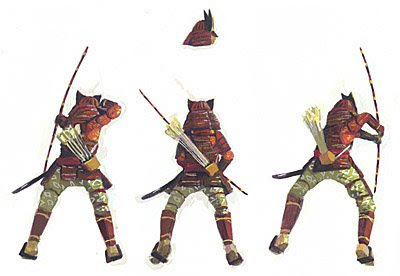Tuesday, May 20, 5:30-7:00pm
 Piero della Francesca, The Flagellation, about 1455-60, Urbino. In 15th Century Italy, a person stood in the real world at a fixed distance from the painting and gazed at a virtual world beyond the picture plane. Piero’s method is especially insistent on this point.
Piero della Francesca, The Flagellation, about 1455-60, Urbino. In 15th Century Italy, a person stood in the real world at a fixed distance from the painting and gazed at a virtual world beyond the picture plane. Piero’s method is especially insistent on this point.__________________________
OVERVIEW
I’ve been making online and downloadable games for major clients and distributors for more than a dozen years. My chief claims to fame are that I remember back to the the days of Director 3 and that I did the principle art for Coca-Cola Japan’s first game site at a time when “advergames” were coming into existence. For those interested in making games: Game design does not exist in a vacuum. The more interested and well-versed in culture you are, the more interesting your work will be. Knowing how to draw with a pencil is a huge advantage.
__________________________
__________________________
My talk consists of two parts. First, a brief walk-through on game design and development from primarily a conceptual, visual and design point of view. Second, a “hands-on” workshop in which I’ll seek to demonstrate how technical and informational problems can be solved by visual and artistic means.The main thrust of my talk emphasizes that Art has been a successful bridge between technology and information for millennia. I distinguish Art from information and graphic design, because it aspires to convey deep insights and feeling. In the presence of art, we reflect on what we experience. Because reflection and consumerism are antithetical modes of existence, game and game design represent a fascinating nexus.
__________________________
The power of the arts to anticipate future social and technological developments by a generation and more has long been recognized. In the last century Ezra Pound called the artist "the antennae of the race":
Art as radar acts as "an early alarm system," as it were, enabling us to discover social and psychic targets in lots of time to prepare to cope with them. This concept of the arts as prophetic contrasts with the popular idea of them as mere self-expression.
—Marshall McLuhan, Understanding Media, 1964
__________________________
Looking at game design as an artistic medium also helps one to understand the diversity of today’s digital games, their purposes, and their context within business, commercial, academic and social settings.
__________________________
 Pierre Bonnard, The Palm, 1926, Phillips Collection, Washington DC. Bonnard referred to the experience of seeing as the “adventures of the optic nerve”.
Pierre Bonnard, The Palm, 1926, Phillips Collection, Washington DC. Bonnard referred to the experience of seeing as the “adventures of the optic nerve”.__________________________
Note: My presentation will consist of a few PowerPoint illustrations that I will also post here in advance. Otherwise, I plan on using the room’s blackboard and good old fashioned face-to-face discussion.Other Note: I’m not a programmer. However, years working with programmers has given me a pretty good idea about the usual problems and bottlenecks involved in team work and the respective limits of programming and graphics. The more programmers understand art and artists understand programming, the better the end result. For those interested, there’s tons of information widely available on game programming through books and online.
Links of interest:
• A recent Wired magazine article on tips for “making games that don’t suck”
• A 2006 article about game design in academia, with sensible development tips by the UNCG team that developed an immersive online course
• Elsewhere in this blog, Background information on this talk
• A simple logic game, traditional Nurikabe
Additional images:







